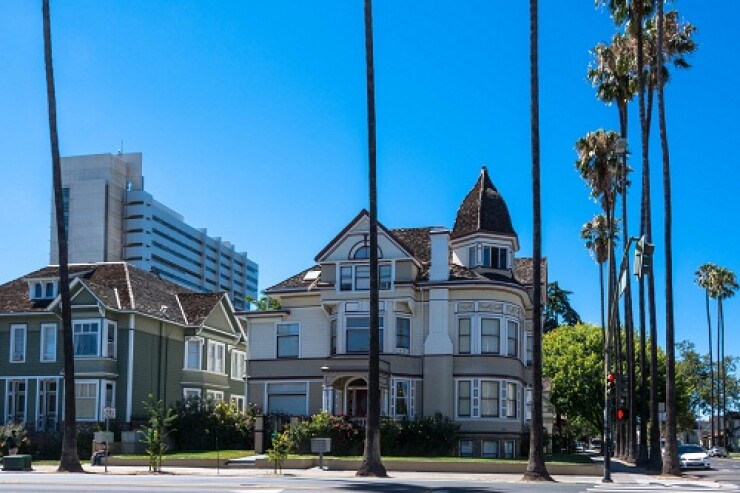Working with data obtained from CoreLogic, New York Times researchers found that, across the United States,
The average premium increased 33% between 2020 and 2023, much higher than the rate of inflation. This impacts communities in several ways–as premiums increase at a significant rate, for many, homeownership becomes unaffordable. And lower rates found elsewhere can incentivize people to move into areas that face higher risk of catastrophes.

Charlie Sidoti,
Only
"It's also really becoming more of an existential issue," added Sidoti. "With Hurricane Katrina, New Orleans didn't really recover back to where it was until recently… This protection gap has people asking, 'How can we survive?'"
Researchers from the New York Times attribute a few factors to the home insurance disparity, such as how smaller populations have fewer homeowners to share risk, or how differing levels of insurance fraud can lead to premium increases. The data also highlights, however, the significance in regulatory differences.
"The companies file rates that get approved by states, and then communities are at the mercy of the system," said Sidoti. "While insurability planning is not something done at a local level, it should be."
Though communities may not necessarily have control over the regulatory environment, Sidoti suggests that they can control their insurability through their jurisdiction of local infrastructure, such as land use or building codes.
"Those are some of the key factors that drive insurability and prices, which affect the protection gap. They should be actively involved in understanding their insurance landscape and managing it as part of an economic development strategy," he stated.
Communities typically do not model uninsured losses, which Sidoti explained is critical for communities in truly protecting themselves against catastrophic events.
"Modeling the total cost of risk at a community level and understanding uninsured loss is really important for a community to even engage in the conversation. Then they can do things like figure out where to invest in their infrastructure…" said Sidoti. "There are tools to quantify economic risk and cost if a catastrophe happens. There aren't good tools for capturing the value of local investments that mitigate risk, except for extreme things that change a flood zone, most of the value of local infrastructure investments are not captured by the insurance industry in insurance pricing. We think that is one area where there's a significant gap that is also potentially causing the problems in pricing from area to area."
He also suggested the possibility of communities considering a purchase of group insurance to combat pricing.
"The other way you can shape prices is for a community to purchase insurance for the whole community as a group, and you get the power of the purchasing for the homeowners in the community," said Sidoti. "It's not easy. It's not traditionally done, but there's been some pilots, and that is a way to really get the attention of the industry. It shifts the power from just the industry setting rates and on an individual house for one year, to a community getting coverage together."
Concern for insurability only grows, as climate change
"We are at a pivotal point. Climate change is accelerating losses. These problems are so big, and they are existential to communities. All the different stakeholders have an interest in reducing losses and having a stable insurance market–that's true for communities, it's true for the industry, and true for regulators, and it's going to require collaboration across some traditional boundaries," said Sidoti. "It might not always be easy, but there is a path forward that innovates these things and makes it better for everybody."






